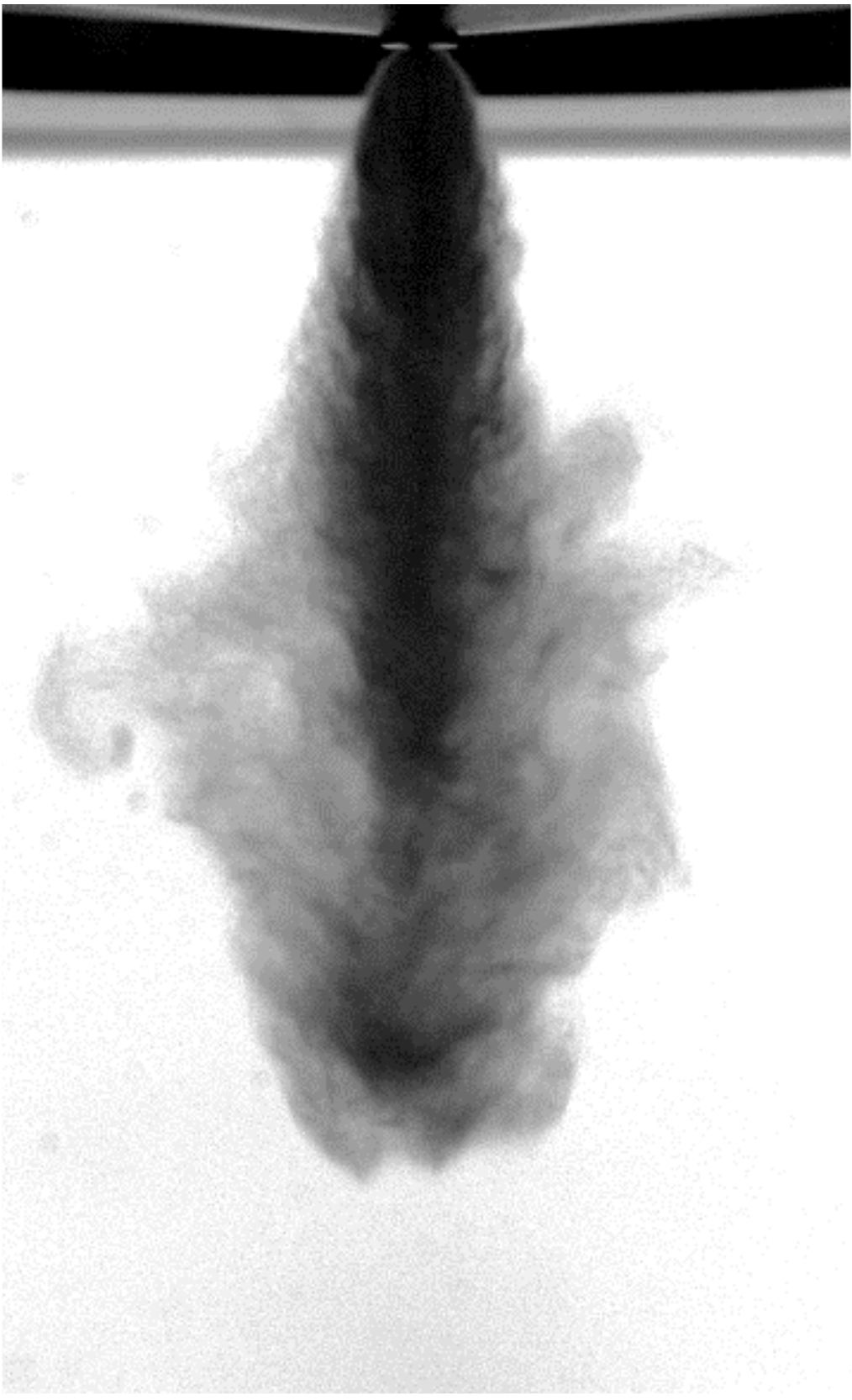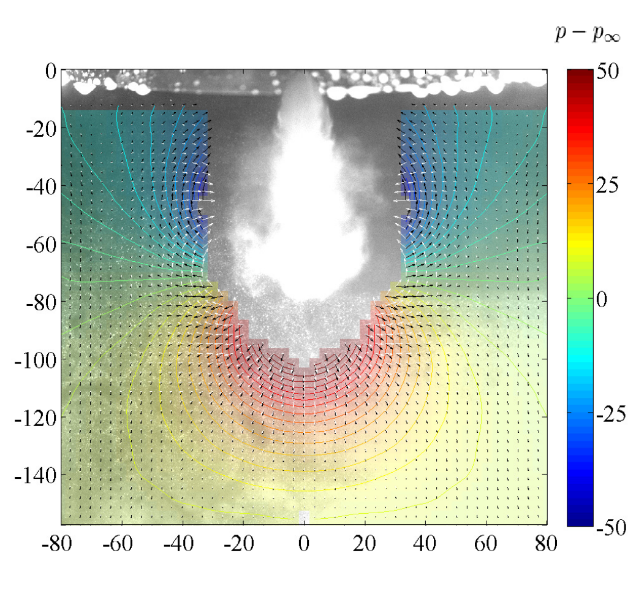Pressure evaluation of spray-induced flow
- Ansprechperson:
- Projektbeteiligte:
Bosch GmbH
- Starttermin:
Juni 2016
In the field of internal combustion engines, mixture preparation is essential in terms of particulate emissions, performance and efficiency. A particular challenge is the provision of a robust and tailored spray for a wide range of engine operating points and thermodynamic conditions. Moreover, strategies such as multiple injection and alternative combustion processes pose additional requirements on the injection system such as the provision of an ignitable mixture and the introduction of turbulence at the spark plug.
In research and development, sprays have been investigated by various experimental and numerical approaches. A major focus of research are the characterization of the fundamental mechanism and cause-effect relationships of spray transport, which comprises the effects of internal nozzle flow, atomization and spray-gas interaction.
In this context, a major focus of the present project is the qualification of the pressure from PIV approach for the application of spray-induced flow measurement of complex gasoline direct injection (GDI) sprays. Within the scope of the present project, different techniques and methods have been developed to enable pressure evaluation of spray-induced flow. On the one hand, a statistical approach for velocimetry-based pressure evaluation of unsteady flows based on the Unsteady Reynolds Averaged Navier Stokes (URANS) equations and ensemble averaging (Fig. 1). Due to its statistical character, the method allows the use of velocity fields derived from several spatially or temporally different measurements, so that simple techniques such as standard PIV or stereo PIV are sufficient. On the other hand, a novel approach referred as Dual-plane Stereo Astigmatism (DPSA) that allows the characterization of the full velocity gradient tensor in planar domain and thus the evaluation of instationary pressure fields of single injection events.
Using the developed techniques, the focus of the project is the characterization of complex GDI multi-hole sprays addressing major aspects such as the effects of spray-gas interaction, jet-to-jet and spray contraction.
 |
 |
Fig. 1: Velocimetry-based pressure evaluation of a conventional GDI 6-hole spray. Left: Shadowgraphy measurement. Right: Ensemble-averaged pressure field (background: raw image of PIV measurement)
